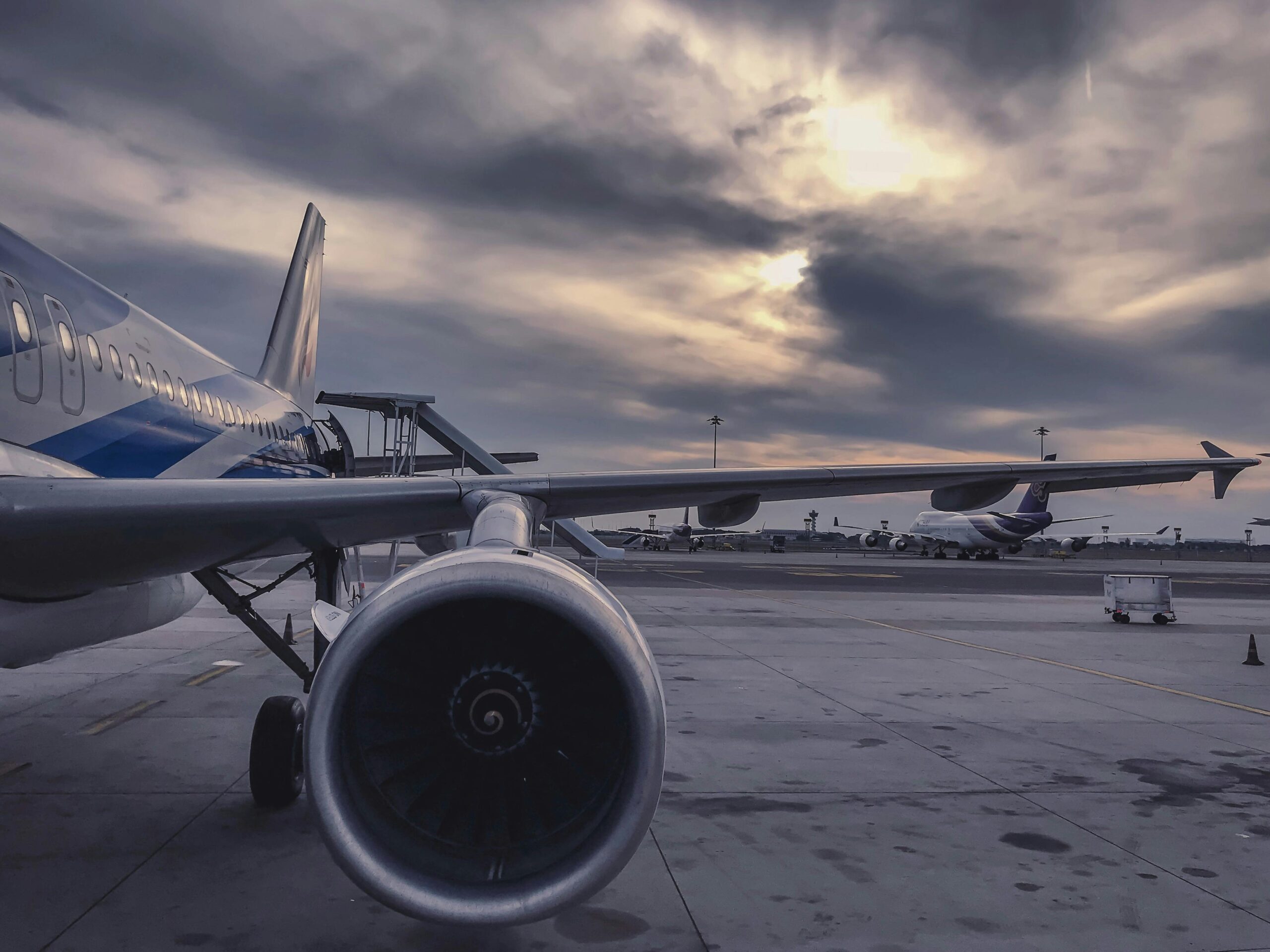Air vs. Sea Freight: When Sea Freight’s “Longer Time” Is Actually More Reliable (And Why)
For importers and e-commerce sellers, the assumption that “air is fast, sea is slow” can be misleading. While ocean shipping typically involves longer transit times, it often delivers greater reliability and predictability—especially for time-sensitive operations. This article explains when and why sea freight can outperform air in consistency, what practical steps ensure dependable ocean shipping, and how to choose between sea, air, or hybrid approaches to meet deadlines without exceeding budgets.
Why Sea Freight Can Be More Reliable Than Air
Air freight relies on tight airport schedules, limited cargo space, and multi-leg handoffs, which can introduce delays—especially during peak demand. In contrast, major ocean shipping routes operate on fixed schedules with greater capacity, offering more predictable transit when carrier reliability and port operations are stable.
Choose mainline ocean services on high-frequency routes and book contract or guaranteed space during critical seasons. Use published carrier schedules and realistic transit estimates (such as 95th-percentile timelines) when planning. Always account for inland cutoffs and port dwell times in door-to-door planning.
A UK retailer switched key products from irregular feeder services to a mainline ocean carrier with daily departures. Though transit time increased, schedule variability decreased, and emergency air shipments dropped by 40%.
Documentation, Consolidation, and Planning: Keys to Dependable Sea Shipping
Delays often stem from paperwork errors, inefficient consolidation, or poor container planning—not the ocean transit itself. Missing licenses, incorrect HS codes, or inefficient packing can lead to inspections and extended terminal stays.
Standardize supplier invoices and packing lists with accurate HS codes and product descriptions. Pre-file customs declarations where possible. Use consolidation or LCL partners with reliable departure schedules, or opt for FCL when volume allows. Optimize packing to maximize container space and minimize shifting. Work with experienced partners at origin and destination for proactive exception management.
An Australian importer standardized documentation and moved to scheduled weekly consolidations. Customs issues decreased, and door-to-door variability improved from ±12 days to just ±4 days.
Managing Port Congestion and Seasonal Risks
Port congestion, blank sailings, and seasonal surges can extend estimated arrival times. These risks are often predictable and manageable with advance planning.
Plan around known peak periods (e.g., Chinese New Year, holiday rushes) by adding seasonal buffers—20–40% extra time for ocean shipping where historical data supports it. Use alternate ports with reliable inland connections when primary gateways are congested. Secure contract space in advance and maintain safety stock of best-selling items near key markets.
A North American brand avoided holiday stockouts by pre-booking space and diverting shipments to a secondary port during congestion. Sales targets were met without emergency measures.
When to Choose Sea, Air, or Hybrid Shipping
Not every shipment should go by sea. Tight deadlines, critical spare parts, or high-value small batches may still justify air freight. The key is avoiding a one-size-fits-all approach.
Use a three-step decision process:
Map your delivery deadline to a realistic door-to-door timeline including customs clearance.
Compare total landed costs for air and sea against the potential cost of lateness (e.g., lost sales, penalties).
Choose the option with the lowest total expected cost. For critical shipments, consider splitting: send a small portion by air and the bulk by sea.
A European electronics manufacturer shipped high-value components by air and bulk assemblies by sea. When an ocean delay occurred, production continued uninterrupted, and total logistics costs remained controlled.
Trust and Expertise
We manage international shipments to North America, the UK, EU, and Australia using lane-specific transit data, contracted carrier space, and experienced customs support. Our processes and visibility tools help transform ocean shipping into a predictable, reliable solution for your supply chain.
Call to Action
Email us at Hxin80377@gmail.com with your origin, destination, product details, and delivery deadline. We’ll provide a reliability assessment for your lane (sea, air, or hybrid), door-to-door time and cost estimates, and a practical checklist to execute your shipment.
Related Posts
How to Choose Between Air & Sea Freight: Match Transit Time to Your Delivery Deadline (2024)
How to Choose Between Air & Sea Freight: Match Transit…
How to Plan Around Air and Sea Freight Schedules: What Affects Transit Time (customs, peak season) and How to Avoid Costly Delays
How to Plan Around Air and Sea Freight Schedules: What…
Red Sea Crisis Shipping Delays: Cape Route vs Air Freight Analysis
Red Sea Crisis Shipping Delays: Cape Route vs Air Freight…
